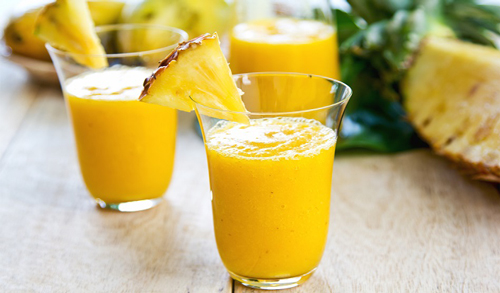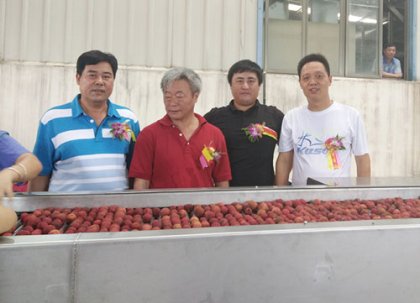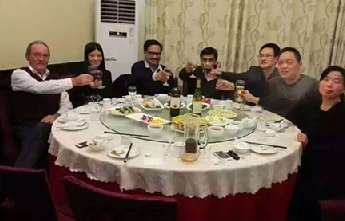5 tips help you identify the juice drink quality
Classifications of juice drinks
Juice drinks are processed products of fresh and frozen fruits, which can be classified into crude juice, concentrated juice, fruit pulp and fruit nectar. AGICO is a experienced juice processing equipmets supplier in China. We can guarantee you reliable products and comprehensive experience.
Crude juice is also called 100% juice, which is made of fresh fruits without adding any water or sugar. Usually it is made on the spot in drink shops or restaurants, or packaged in bottles and stored in fridges. The raw materials of 100% fruit juice are fruits with high water content rather than fruits like hawthorn or jujube. Crude fruit juice doesn’t taste sweet, but retains the flavor and nutrition of fresh fruits, thus belonging to high-end juice products.

Concentrated juice is crude juice with water content removed. Most 100% fruit juice on the market is made by adding water to concentrated juice.
Fruit pulp usually serves as the raw materials for making juice, such as mango pulp, banana pulp and apricot pulp. Pulping is a way to preserve the eatable parts of fruits.

It’s hard to make 100% juice with fruits whose water content is low, such as mango and hawthorn. As for these juice, the crude juice content is rather low, from 10% to 40%, added with certain quantity of essence and sugar.
Fruit nectar refer to juice with certain quantity of granules, composed of original fruit juice, sugar and essence, together with fruit pulps, fibers and pectin. Fruit nectar has crude juice more than 40%, and retain more nutrition and the taste of fruit pulps.

How to identify juice drinks quality?
Identify the concentration
Generally, high-concentration and nutritious fruit juice labels their information clearly on the bottle. The juice drinks sold on the market can be classified into 4 concentration degree: 10%, 30%, 50%, and 100%, most of which are 10%. Let’s take 380ml 10% concentration fruit juice for example, its pure juice content is 38ml, with water and additives taking up most of the parts. Their nutrition value is far less than that of pure fruit juice. In some countries where the juice industry is developed, the “juice drinks” must have their juice content more than 30% rather than 10%. No wonder some people jokes that drinking “fruit juice” is equal to drinking water with sweetening agent and pigment.

Where the juice is made?
As we know, natural environment has great impact on the fruits grown there. For this reason, juice made of fruits from favorable environments presents higher quality and better taste. As they taste good, there is no need for too much food additives. We are supposed to pay more attention to the production place. Producers are willing to show this information if the juice drinks are made in good places. Take china for example, many juice companies are used to boasting their tomatoes are from Sinkiang, oranges from Brazil and Jiangxi.
Observe the sediment of fruit juice
Normally, superior fruit juice have some sediments. They are the fibers in fruits, and beneficial to our body. Fruit juice with certain quantity of fiber content is more suitable for our body, which promotes intestinal peristalsis and digestion. Remember to shake the bottle before drinking. Besides, if you find the fruit pulps never subside no matter how long it takes, this fruit juice is likely to contain some unknown food additives. Make sure this kind of material dose no harm to your body.

The color reflect juice quality
It is common to see some juice drinks looks colorful and transparent, while some others appear dim and thick, with little transparency. Generally, newly-produced juice looks bright and transparent, but as time goes by, quality fruit juice would turn dark. This phenomenon goes for fresh fruits. When you cut up a fresh apple, its surface will get rusty after a while. This is the oxidation effect. The juice preserved for long is supposed to become thick and dark, with textured feel. If juice keeps bright and transparent even after long period, there must be color fixative and preservative in it. Pay attention to these ingredient.
Understand the ingredients
Qualified juice drinks should have a label writing all ingredient on the package. You can refer to these ingredients to identify its quality. Preservatives are inevitable for most of the time except some high-end categories. You’d better no choose those without color fixative or perborate materials.

Get in Touch Now!










